The maintenance management of the future functions as a neural network, i.e. as a system of hardware and software that is used for signal processing and pattern recognition. This development has become a reality, as value-oriented maintenance is completely data-driven:
1. The development of risk- and availability-oriented maintenance strategies is based on the failure frequencies and failure costs of the respective equipment. The decision whether a part or a component of a machine should be redundantly designed, periodically maintained or condition-monitored online is based on a cost-benefit calculation.
2. Early detection of failure causes is based on correlation analysis of diverse sensor data and maintenance and production parameters. Early detection of error causes relies on pattern recognition, a designated specialty for a neurals networks.
3. The definition of optimal maintenance times and scopes is the logical combination of the first two points. Maintenance and servicing strategies are adapted dynamically and continuously on the basis of the current data situation.
4. And capacity and resource planning is also an optimization task based on priorities and availabilities. These highly volatile factors can be taken into account by a computer in real time, whereas humans have to start all over again when factor changes occur.
The strategic tasks of a modern maintenance organization are essentially mathematical optimization problems that can be solved with the help of extensive databases. In this context, computers and the relevant optimization algorithms succeed significantly better than humans in coping with a increasingly complex and constantly changing working environment. Where structured data is available, artificial intelligence will become an increasingly important optimization tool in the medium term.
Already today, data-driven, even partially automated analyses are replacing maintenance decisions traditionally based on experience. The analysis options available are constantly improving and allow an increasingly comprehensive evaluation of input parameters. The applications range from simple Excel files, PowerBIdashboards, process control system (PLS)functionalities to fully integrated management information systems (MIS).
However, humans always play a role when it comes to further processing the analysis results. For the most part, the competence of IT systems today still ends at triggering an alarm. In individual cases, recommendations for action can already be generated, such as the replacement of components when certain threshold values are exceeded. The final decision on what action to take always lies with humans.
In this respect artificial intelligence will bring the next big change: Prescriptive Maintenance. In the future, AI will not only make recommendations for action, but will also successively implement them through direct interventions in production and maintenance systems and generate corresponding learning and optimization effects.
The early detection of impending errors is followed for example by immediate adjustment of the production parameters. By changing machine settings, speeds or even production sequences, wear can be slowed down at the relevant points, preventing unscheduled downtime. Today at almost every modern plant works with a sensor system, that triggers an emergency stop in the event of critical parameters in order to prevent consequential damage to the plant. This technique is the preliminary stage of automated intervention in production systems. In the future, however, the intervention will not take place when it is already too late, but in advance with foresight.
At the same time artificial intelligence generates an order in the maintenance management system that is tailored to the detected fault in terms of timing and scope. Rigid maintenance intervals and scopes are in this way dynamized. In this process, maintenance packages of different sizes are predefined for each piece of equipment by human decision makers. The neural network of artificial intelligence decides when the respective maintenance package is to be executed. This ensures that maintenance is not performed unnecessarily frequently at simultaneously extending the service life of critical plant components. In addition artificial intelligence in maintenance also suggests and issues the necessary maintenance order to replace a component in good time before it fails.
Data collection efforts and analysis capabilities are only monetized when the information gained is put to beneficial use. For this purpose, data must be translated into information by analysis in the first step and adequate reactions must be initiated in the second step. Prescriptive maintenance automates not only the analysis but also the reaction and closes the digital communication loop. This creates a self-learning system that continuously improves its decision algorithm.
In the next step of digitization, resource planning in maintenance will also be supported by artificial intelligence. Assigning jobs to the people performing the work is essentially based on a few factors: Type and scope of the activity, availability of resources (competence in the form of a suitable craftsman, tools, materials) and the availability of the plant. In particular routings where work preparation is already fully stored, can then be automated and assigned to a craftsman on the basis of the factors mentioned. In this way maintenance planners are relieved of routine tasks, have to do less administrative work and can devote more time to technical problems. Often know-how in the organization lies with the maintenance planner and is therefore difficult to replace, especially in view of the shortage of skilled workers.
An important basis for automated maintenance planning is high-quality feedback that can be evaluated by machine. For example, confirmed times are needed to constantly improve planned times and thus future planning. Also inspection displays have to provide information by checkbox signalling at which checklist item an anomaly was detected. This result is a parameter for the effectiveness of the respective inspection. An inspection that never detects an anomaly for years is ineffective.
The barrier-free communication between IT and craftsmen is supported by mobile devices, to ensure fast and uninterrupted flow of information. The digitization of maintenance is the decisive factor in building a prescriptive maintenance system in the future. Prescriptive maintenance, and therefore the future of maintenance, is data-driven. Digitization makes this data usable and allows neural networks to take over complex control tasks in maintenance.
The introduction of prescriptive maintenance is not a one-off project, it is a process, through which the target image of largely automated maintenance control is approached step by step. We will be happy to support you on your way. Contact us!



 Deutsch
Deutsch